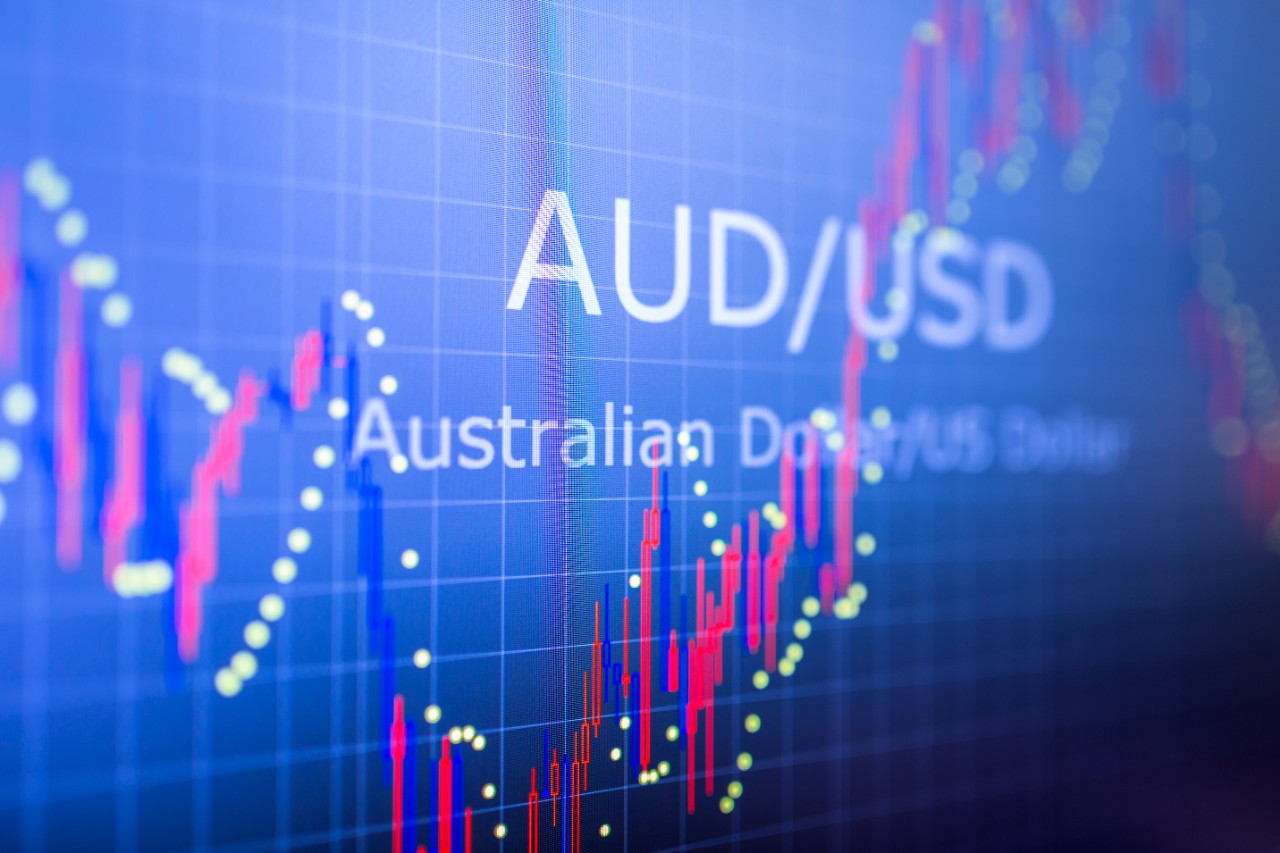Q2 inflation data steers AUD/USD
AUD/USD finished lower last week at 0.6468, declining 1.48%, marking its largest weekly fall since late March.
Its decline accelerated after Wednesday’s Australian second-quarter (Q2) consumer price index (CPI) report came in cooler than expected. The Reserve Bank of Australia’s (RBA) preferred inflation measure, the trimmed mean, rose by 0.6% quarter-on-quarter (QoQ), allowing the annual rate to fall to 2.7% from 2.9%.
This brought inflation closer to the midpoint of the RBA’s 2–3% target range and followed a weak jobs report for June and tepid first-quarter (Q1) growth data – a trifecta widely expected to lead the RBA to cut interest rates by 25 basis points (bp) to 3.60% next week.
Market reactions to the Fed’s recent announcements
The downward move in AUD/USD gained further traction on Thursday following a hawkish Federal Open Market Committee (FOMC), which drove it to a low of 0.6418, before rebounding on Friday after the disappointing United States (US) jobs report. The report pushed the markets to price in a 95% probability of a Federal Reserve (Fed) rate cut in September, up from 50% the prior day.
Focus on upcoming meetings
Looking ahead, this week’s data calendar is relatively light in both Australia and the US, with little to guide the market away from the prevailing expectation that the RBA will cut rates by 25 bp at its 12 August meeting, and that the Fed will do the same at its September meeting.
In the absence of new catalysts, we expect AUD/USD to be primarily influenced by factors that are mostly US dollar-negative:
- Digesting the weak jobs report
- Weighing the impact of the latest round of tariffs
- Ongoing uncertainty created by President Trump’s dismissal of the Bureau of Labor Statistics (BLS) head and his continued attacks on Fed Chair Jerome Powell.
